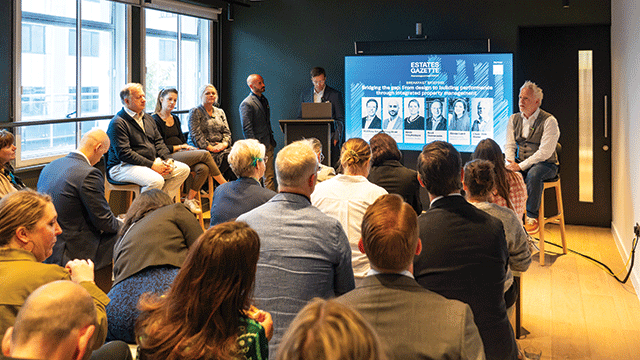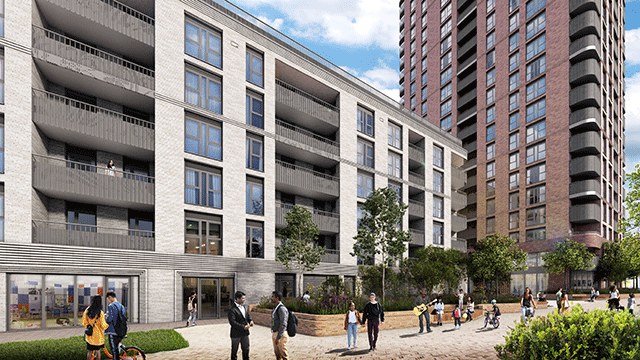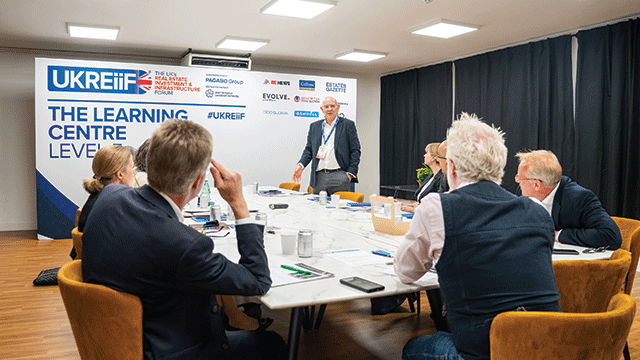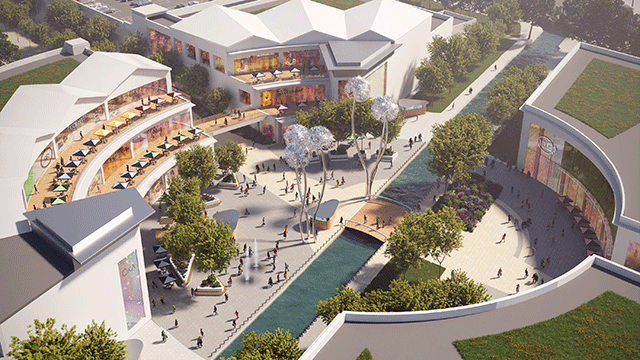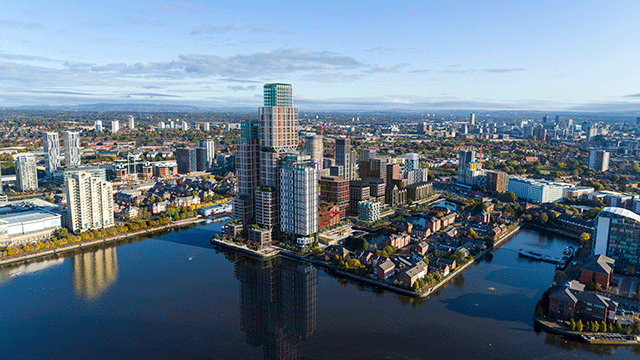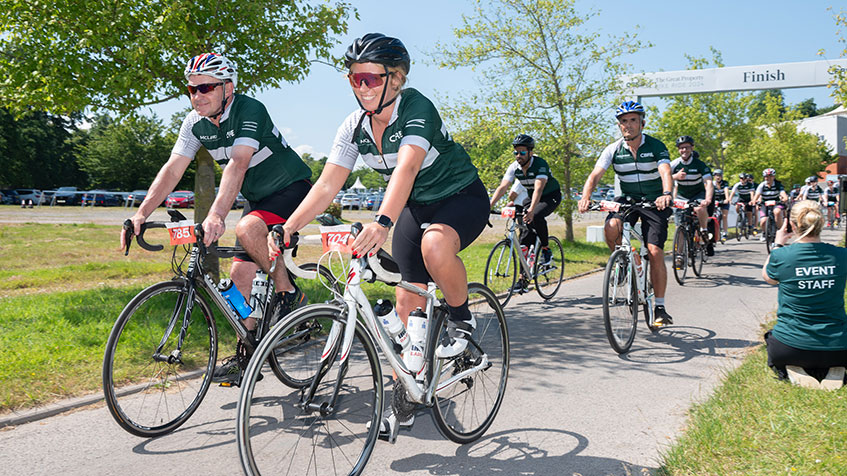COMMENT Over the next 12 months, the impact of Covid-19 will hit our high streets hard, with many shops and services going out of business. This economic catastrophe will have a catalytic effect in the medium to long term and will bring with it the need to rethink the purpose of our high streets.
New, more resilient uses will inevitably start to take the place of vulnerable ones, accelerating the transition towards more experience-oriented high streets, where leisure, culture and employment uses play an increasingly important role. If the high street of the past was a place of financial transaction, the high street of the future will be a place of social transaction.
But how might we reimagine and reuse vacant, struggling or underutilised shops along our high streets in the short term?
Deadly threat
The well-rehearsed principle of distributed urban events such as the Clerkenwell Design Week is a blueprint for how small spaces can become a venue bigger than the sum of its parts.
While Covid-19 poses a deadly threat to our already strained high streets, their small scale, space availability and – most of all – flexibility can lead to an unprecedented revival.
Hawkins\Brown recently carried out a viability assessment using Camden High Street in London as a case study. The research revealed that during the coming year redundant shops could be reimagined to host events that have had to be cancelled because of social distancing measures on a temporary and low-cost basis.
Exhibitions, showcases, trade shows and cultural events could be jointly marketed, with a high street being used for circulation and access, rather than occupying a large venue space.
This could in turn benefit local restaurants, bars and other services which are, potentially, able to reopen at 50% capacity. It is easier to manage occupancy in smaller venues because you can limit numbers, provide ticketed entrance slots and operate like small shops do now with organised queues down the street.
Win-win
Covid-19 has compounded the problem of increasing high street vacancy rates, and creative alternatives will be important to unlocking vacant units during the recovery period. We may need to see greater flexibility to change the use of buildings, allow for temporary use of buildings and offer rent-free “meanwhile” uses to provide low-cost work, retail or community space, along with alternative business rates arrangements and more power given to business improvement districts to find appropriate local solutions.
A new-found wealth of space on the high street could not only provide an answer to the closure of large events venues, but also provide additional benefits to the local area:
- Activate derelict buildings, high street frontages and public spaces
- Encourage people to return to the high street after lockdown
- Create local jobs
- Support high street businesses
- Recast the identity of the local area and community
- Build social cohesion through local initiatives
- Generate revenue to feed back into the BID/local area
- Provide social infrastructure and community support to tackle problems exacerbated by Covid-19, including isolation and loneliness.
It would actually be a win-win for all. Local authorities will benefit from the resilience this offers to local high streets and the knock- on effects in relation to local supply chains and general business confidence. Property owners of vacant shop units will be provided short-term rental income in an otherwise void period. Exhibitors will secure a venue and the chance to meet new customers and seek new markets, offering real face-to-face time and a tactile experience. Local residents will enjoy the return of the high street as a community asset and a thriving place of social interaction and activity.
The interesting thing with high streets is that people still see them as mainly commercial spaces and, of course, with a social function. But the current crisis could serve as proof that the use of the high street goes far beyond the commercial. That seems to go without saying – and is common knowledge in academia – but you still have to make it tangible and peel off the top layer to show the social versatility of such a place.
Roger Hawkins is a founding partner of Hawkins\Brown




